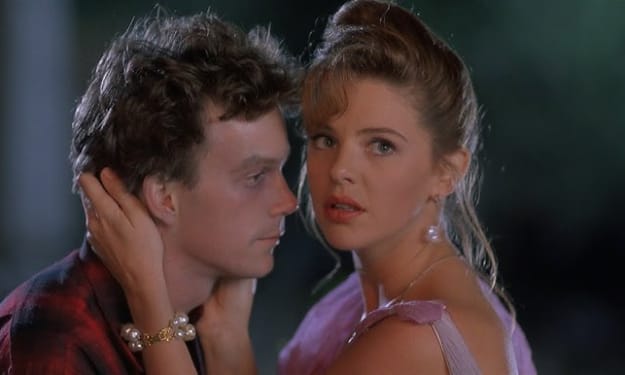
Introduction:
Art movements have shaped the course of art history, reflecting the ever-evolving perspectives and creative expressions of artists throughout different eras. Each movement carries its unique characteristics, themes, and techniques, leaving a lasting impact on the art world. In this article, we embark on a journey through time to explore significant art movements from the Renaissance to Modernism, uncovering the profound transformations that have influenced the art landscape.
Renaissance (14th to 17th Century):
The Renaissance marked a period of revival in art, architecture, and literature, celebrating the rediscovery of classical Greek and Roman ideals. Artists like Leonardo da Vinci, Michelangelo, and Raphael pursued naturalism, proportion, and perspective. The emphasis on human anatomy, realistic portrayals, and religious themes defined this period, leaving an indelible mark on Western art.
Baroque (17th to 18th Century):
Baroque art is characterized by grandeur, dramatic lighting, and emotional intensity. Artists such as Caravaggio and Bernini employed dynamic compositions and vivid chiaroscuro to create visually captivating works. Baroque art often depicted religious and mythological themes, immersing viewers in theatrical and emotionally charged experiences.
Rococo (18th Century):
Rococo emerged as a response to the grandeur of the Baroque period, embracing a more delicate and decorative aesthetic. Artists like Jean-Antoine Watteau and François Boucher created light-hearted and whimsical paintings with themes of love, pleasure, and leisure. The movement emphasized ornate details, pastel colors, and an overall sense of elegance.
Neoclassicism (18th to 19th Century):
Neoclassicism sought to revive the ideals of ancient Greece and Rome, championing rationality, order, and moral values. Artists such as Jacques-Louis David embraced historical and mythological subjects, favoring clean lines, idealized figures, and dramatic compositions. Neoclassical art served as a visual expression of Enlightenment ideals and political revolutions.
Romanticism (19th Century):
Romanticism rejected the rationality of the Enlightenment, focusing on emotion, imagination, and the sublime. Artists like J.M.W. Turner and Eugène Delacroix expressed powerful emotions through vivid landscapes, historical scenes, and the supernatural. Romantic art emphasized the individual, nature, and the exotic, embracing a more subjective and passionate approach.
Impressionism (19th to 20th Century):
Impressionism revolutionized art with its emphasis on capturing fleeting moments and the play of light. Artists such as Claude Monet and Pierre-Auguste Renoir utilized loose brushwork and vibrant colors to depict everyday scenes. They sought to capture the transient effects of light and atmosphere, moving away from detailed realism to convey impressions of the subject.
Cubism (20th Century):
Cubism, pioneered by Pablo Picasso and Georges Braque, shattered traditional notions of representation by fracturing forms and viewpoints. This movement presented objects and figures from multiple perspectives, deconstructing and rearranging them into geometric shapes. Cubism challenged perceptions, inviting viewers to engage with the fragmented nature of reality.
Surrealism (20th Century):
Surrealism delved into the realm of dreams, the subconscious, and the irrational. Artists like Salvador Dalí and René Magritte created enigmatic and fantastical imagery, often with symbolic elements. Surrealism aimed to tap into the power of the unconscious mind, challenging conventional interpretations and inviting viewers to explore the depths of the psyche.
Abstract Expressionism (20th Century):
Abstract Expressionism embraced non-representational art, focusing on the artist's emotional and spontaneous
Conclusion:
In conclusion, exploring art movements provides us with a fascinating glimpse into the ever-changing nature of artistic expression. From the Renaissance to Modernism, each movement has left an indelible mark on the art world, shaping the way we perceive and interpret art.
Art movements are not just about stylistic changes; they reflect the cultural, social, and intellectual contexts of their time. They are a testament to the human desire for innovation, self-expression, and the constant quest for new ways of seeing and understanding the world.
By delving into art movements, we gain a deeper appreciation for the diverse range of artistic voices and techniques that have shaped our collective visual culture. We begin to understand how each movement emerged as a response to the preceding ones, pushing the boundaries of artistic possibilities
About the Creator
A.RKinG!
hope your fine i am 20 years old Graphic designer and website developer hope your coonected my stories and Articles Thankyou
HYDERBAD,PAKISTAN






Comments
There are no comments for this story
Be the first to respond and start the conversation.